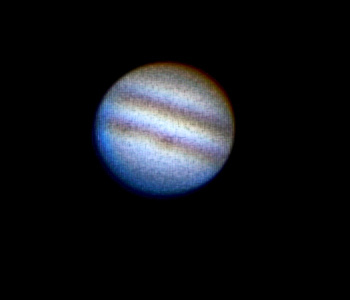Astro-photography setup?
I'm a new owner of a Nikon D3100. My wife is a semi-pro photographer and has had one for about 6 months. But i just learned of a Astro-photography and thought it would be fun. I get a little bored with taking just pictures here on Earth and would love to get into this field just for fun. But I'm having problems figuring out what i need. I know a telescope, and an adaptor, but no clue of what would be best. I don't have a huge budget, of at most around $300. Amazon is usually where i get most of my supplies, since it seems trustworthy. If anyone could help it would be greatly appreciated. I hope i have some help soon!
Added (1). Well she has been taking pictures for over 7 years. Her last camera wasn't a DSLR but it was a very nice one. So she has a lot of experience, specifically macro.
Added (2). Also, not really ready for deep-space photo's more like objects in the solar system.
You will need to buy a telescope that has a tracking motor to follow the motion of the earth while exposing for the stars.
I use a Celestron similar to this one but older
http://www.celestron.com/c3/product.php?CatID=8&ProdID=586
A semi-pro photographer after 6 months? Wow, your wife is clever…
i use a a sony a200 and a telescope… To shoot the moon…
Actually you don't need a lot to get started… You can do a fair bit on a steady tripod.
See here:
http://harmanimaging.com/files/Static%20Astrophotography.rtf
Software for stacking is free.
EDIT:
Same principle applies if you want to take images of planets etc… Except that the exposure will be a lot less on the larger planets like Jupiter and Saturn as they are quite bright! Again for any real detail you'll need a long focal length…
I'm waiting for a break in the weather to shoot Jupiter = 1500 stacked images at 3290mm f/10 or thereabouts, with an exposure time of around 1/640 second. My telescope lens is a reflex schmidt cassegrain with a focal extender. I tried recently with a stack of 60 images and although detail started showing, the magnificaton wasn't enough, and there weren't enough frames. 
For the moon, a good tripod, 1/125 @ f/8 as a start but you'll need a long lens to show any detail… Or a telescope…
For wide field milky way shots… Camera on a tripod, or as I do sometimes, sitting in my shoe on the ground, set your lens to 18mm at a fairly low ISO on Manual mode set your exposure to 30 seconds and let the self-timer trigger the shutter…
